The 100-watt power satisfies the engineering conditions and the conditions of various scenarios.
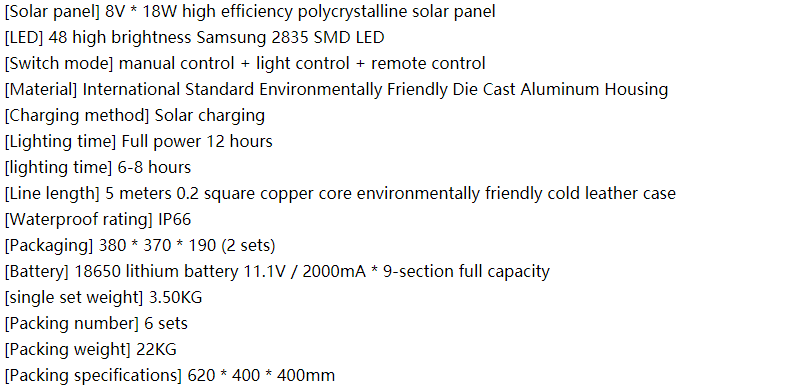
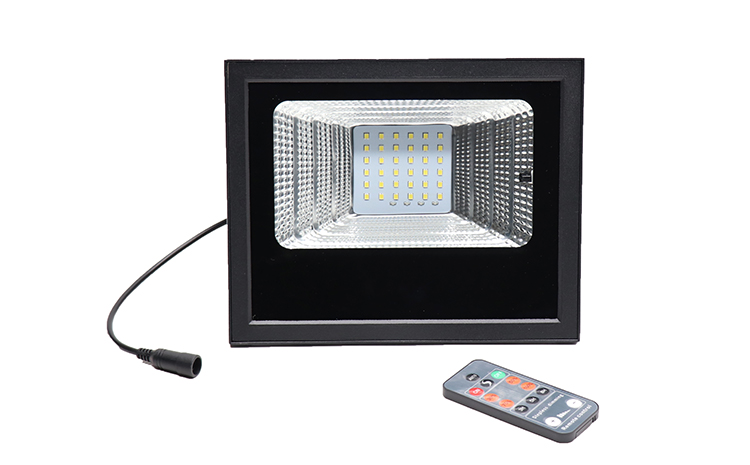

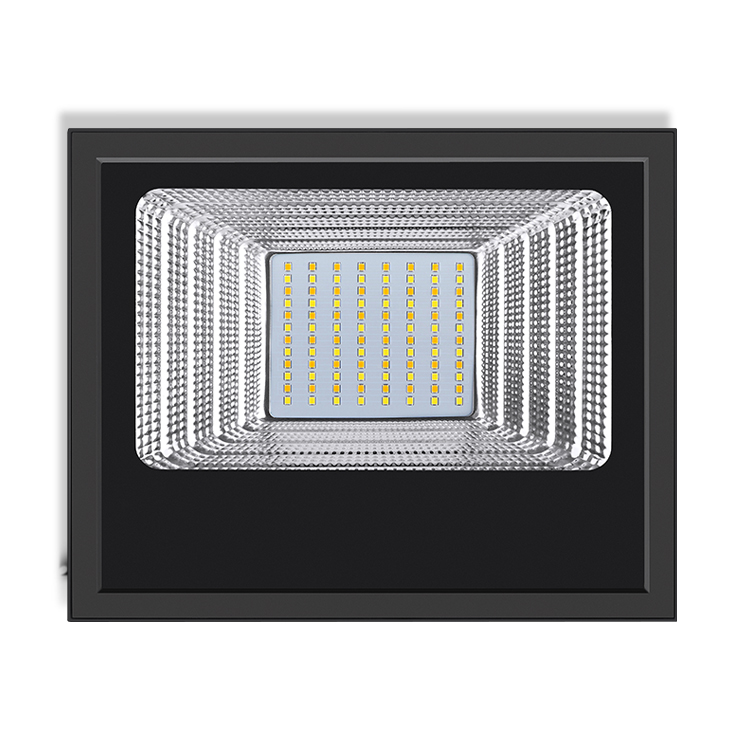
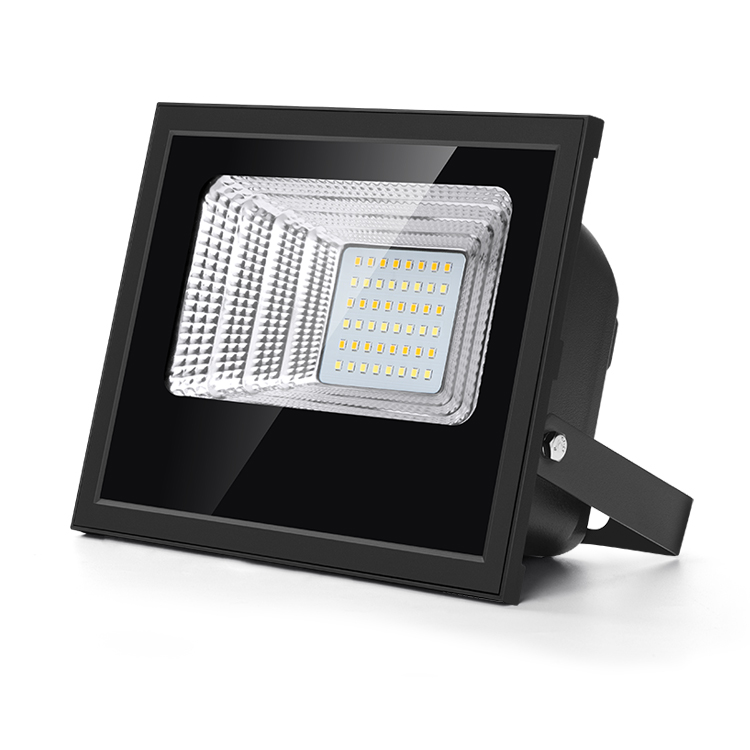
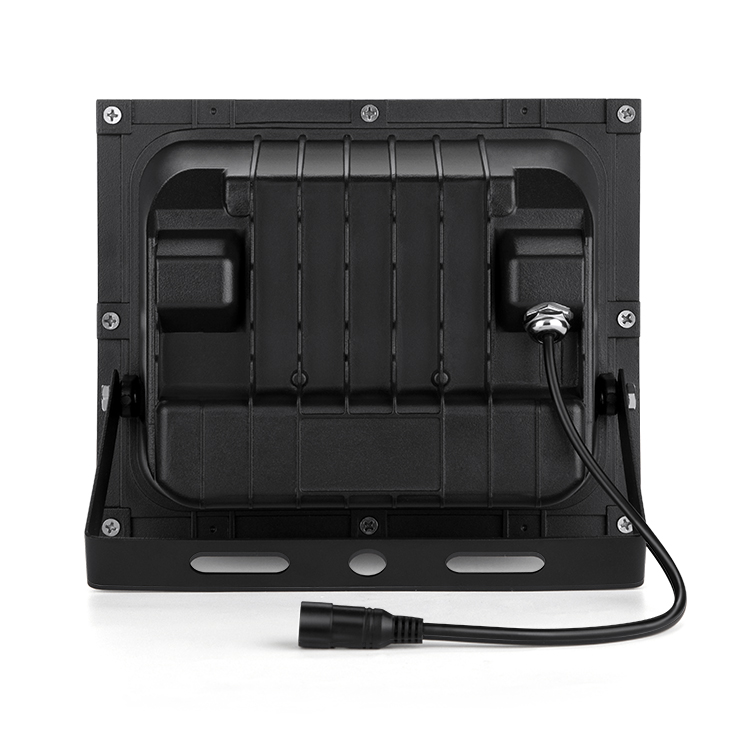
100watt solar flood lights outdoor little knowledge:
When the pn junction diode is applied with a reverse voltage, the current is almost zero. Because it is a negative value, it is higher than when no reverse voltage is applied. Therefore, there are no electrons flowing from the n-type region to the p-type region, and no holes flow from the p-type region to the n-type region, and the expansion current is almost zero.
The electrons in the p-type region, which are a few linear currents, flow down the slope to the n-type region near the hairline layer. The result is to ensure the continuity of a few linear stream densities in the p-type region, and electrons flow from the external circuit through the electrodes. This creates a reverse current.
The flow rate of minority carriers depends on the rate of diffusion in the p-type region and is called diffusion control.
The flow velocity of the holes in the n-type region is also determined by the diffusion speed. Using a simple method of analysis, we will find that the current can be expressed in the same formula whether it is forward or reverse.
Current-voltage characteristic when the voltage is close to zero.
When a reverse voltage is applied to the pn junction diode, there is very little reversed electrodeposition.
Copyright © 2017 Nuusolar